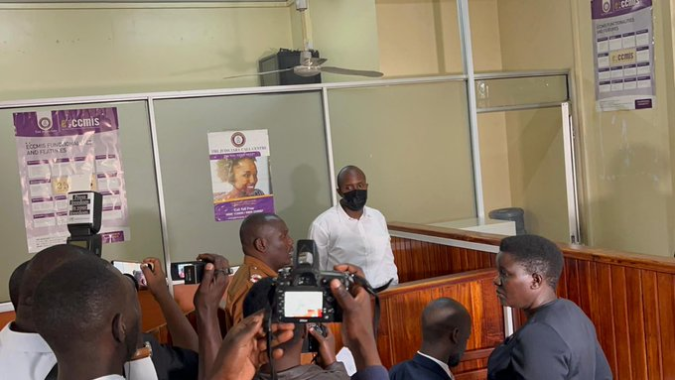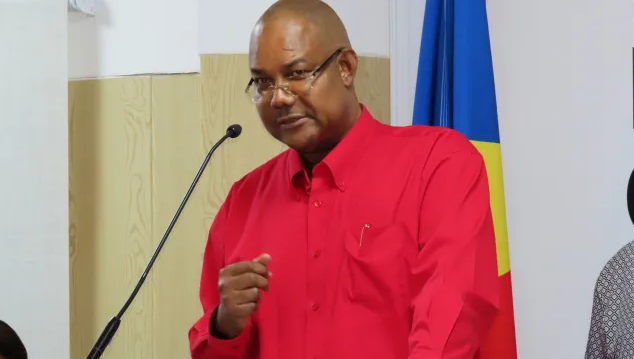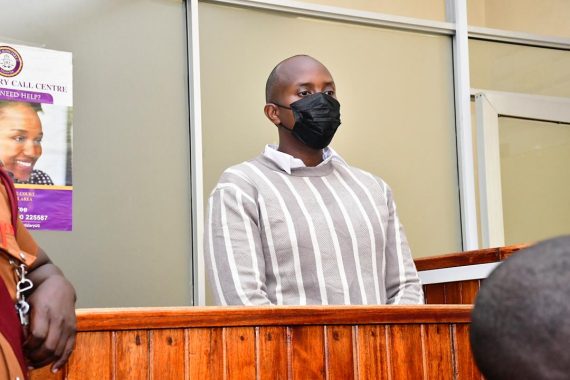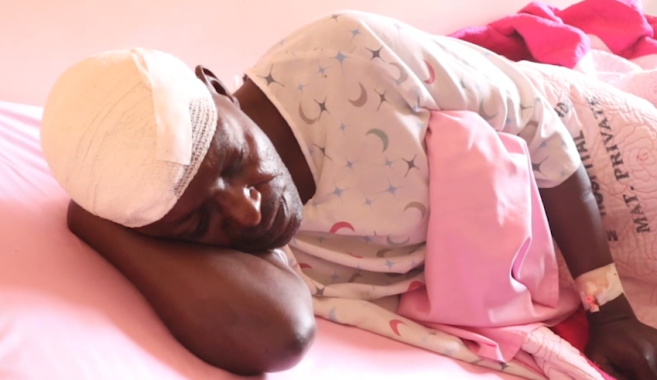In a solemn and emotionally charged ceremony marked by tradition, high-speed tributes, and national attention, the body of 35-year-old businessman Rajiv Ruparelia was cremated on Tuesday afternoon at the Hindu Crematorium Grounds in Lugogo, Kampala.
Rajiv, son of billionaire businessman Dr. Sudhir Ruparelia, was killed in a high-impact car accident on Saturday at the Busabala–Munyonyo intersection along the Entebbe Expressway. Known for his love for speed and motorsports, Rajiv was driving his high-performance Nissan GTR, which reportedly overturned and burst into flames, instantly claiming his life.

Earlier in the day, Rajiv’s body was brought to his father’s luxurious Kololo residence, where it lay for several hours as family, friends, and dignitaries paid their respects. The casket, a white coffin adorned with flowers was later transported in a funeral procession marked by both somberness and spirited tributes. Dr. Sudhir Ruparelia, his wife Jyotsna, Rajiv’s widow Naiya, and close family members accompanied the body.
The procession itself was anything but ordinary. In honor of Rajiv’s passion for motor racing, a convoy of high-end racing cars and sports bikes followed the hearse, revving engines and performing stunts reminiscent of Rajiv’s days on the track. The symbolism was clear: this was a final lap for a man who had lived life at full throttle.

Several government dignitaries were in attendance, including the Speaker of Parliament Anita Among, business leaders, and friends from the motorsport and corporate fraternity.
Upon arrival at the Hindu Crematorium in Lugogo, a facility built in the early 1990s to serve Uganda’s Hindu community, the casket was placed for public viewing. Although the coffin remained closed, hundreds gathered to offer flowers and say their goodbyes. Family members were given priority: Dr. Sudhir was the first to place flowers, followed by Rajiv’s mother, widow, sisters, and then members of the public.

As per Hindu tradition, close family members, including the 69-year-old tycoon himself, carried the body in ritualistic rounds around the pyre before it was cremated. These rounds, usually three or seven, symbolize the soul’s journey toward liberation (moksha).
Moments later, the body was placed on the funeral pyre and cremated, marking the final physical farewell and spiritual release.
Cremation in Hinduism, known as Antyesti or “last rites,” is not merely a method of disposal but a deeply symbolic spiritual act. Hindus believe the body is temporary, while the soul (Atman) is eternal. Through cremation, the physical shell is returned to the five element, earth, water, fire, air, and space, allowing the soul to move on to the next stage of its cosmic journey.
Fire (Agni) is a purifying force and acts as a divine messenger carrying the soul to the afterlife. The lighting of the funeral pyre, or in modern times, initiating the cremation machine is typically done by the eldest son or a close male relative, who also offers the final prayer called mukhagni. This ritual empowers the family to participate in the spiritual release of their loved one.

After cremation, the ashes (asthi) are traditionally collected and immersed in a sacred body of water like the Ganges River in India, although alternatives such as Lake Victoria have been adopted by the diaspora. This signifies the soul’s final detachment from the physical world.
Rajiv, Managing Director of the Ruparelia Group, was remembered not only as a successful businessman but also as a patriot, philanthropist, and motorsport enthusiast who brought international visibility to Uganda’s racing scene.
His passing has sent shockwaves across the business community and Ugandan society. But through the sacred rites of his Hindu faith, Rajiv has been sent off in a manner befitting his beliefs, heritage, and passion.
As the flames of the pyre died down, one thing was clear: the soul of Rajiv Ruparelia had been released, honored, and remembered in love, light, and tradition.















